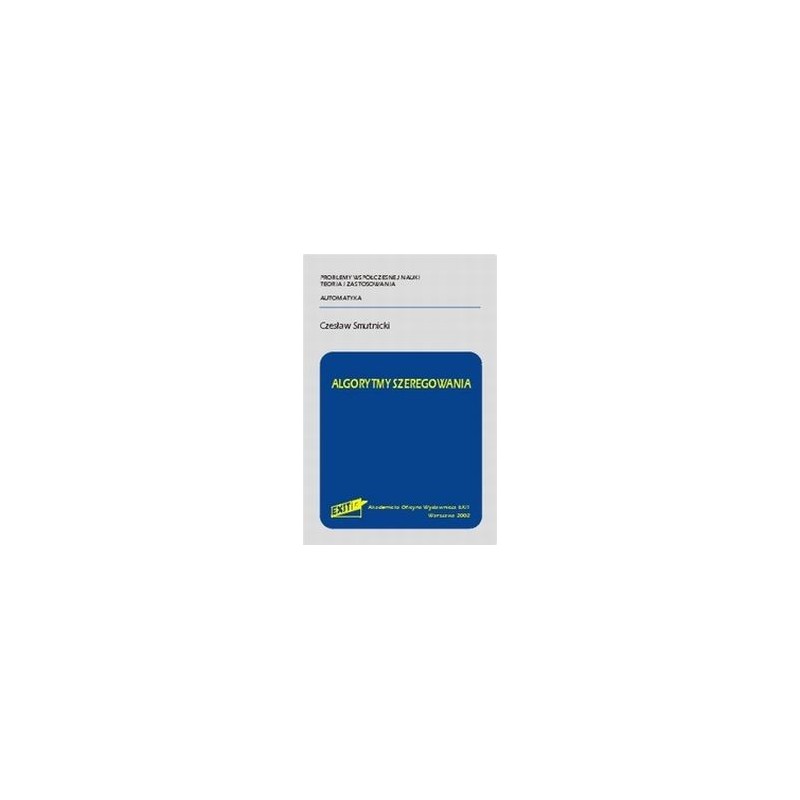- Out-of-Stock



About the book
The book is addressed to students, PhD students and graduates specializing in the field of scheduling tasks, designers of management systems, planning and control of unit production, short- and medium-series, designers of robotic systems, as well as computer scientists involved in the implementation of computer algorithms.
The scheduling issues model the functioning of real production systems and can be used to solve practical optimization and control problems occurring among others in conventional and flexible manufacturing systems, operating systems of digital machines, decision support systems, management systems.
The book contains an overview of selected scheduling problems along with the richness of methods and algorithms used to solve them, largely designed and researched by the author. Indicates alternative techniques and approaches recommended for specific classes of practical problems. It shows examples of applications, software and algorithmic tools used in practice as well as modern, surprising with its structure and effectiveness, methods of solving. Presented approaches can be, after appropriate modification, also used to analyze many complex optimization problems, including discrete and combinatorial problems, difficult due to lack of classical analytical properties (differentiability, convexity), multiplicity or curvature of dimensionality. Theoretical achievements directly imply the improvement of the quality of commercial software packages that support human activities in many areas of life.
The theoretical analyzes contained in the book are supplemented with the source codes of algorithms in C / C ++ along with the description, available on the author's website.
No product available!
Flexible adapter for microSD to SD card with a length of 25 cm. Supports all capacities and card types, including: 16 GB, 32 GB, 64 GB, 128 GB Micro SD/SDHC
No product available!
No product available!
Display 2x24, 118x36 mm, FSTN, extended temperature range "fast"
No product available!
No product available!
No product available!
No product available!
Starter kit containing Raspberry Pi 4B 2 GB and all necessary accessories: 32 GB microSD memory card with Rasberry Pi OS system, Ethernet cable, official accessories: housing, cooling kit, power supply and HDMI cable and ruler
No product available!
No product available!
ESP32-P4-WIFI6-DEV-KIT-B is a complete development environment with a touch display, camera and speaker, ideal for creating user interfaces, interactive devices and automation systems with Wi-Fi 6, BLE and Ethernet support. The kit enables rapid prototyping of projects with image and sound processing and integration with AI platforms.
No product available!
No product available!
Turnigy D3548/6 790KV Brushless Outrunner Motor
No product available!
No product available!
No product available!
AUDIO PROCESSOR WITH EQ AND WIDMA ANALYZER - CONTINUOUS PLATE AND PROGRAMMED SYSTEM
No product available!
UNIVERSAL DOOR DRIVE DRIVER - MASTER MODULE - PLATEBOARD AND PROGRAMMED SYSTEM
No product available!

